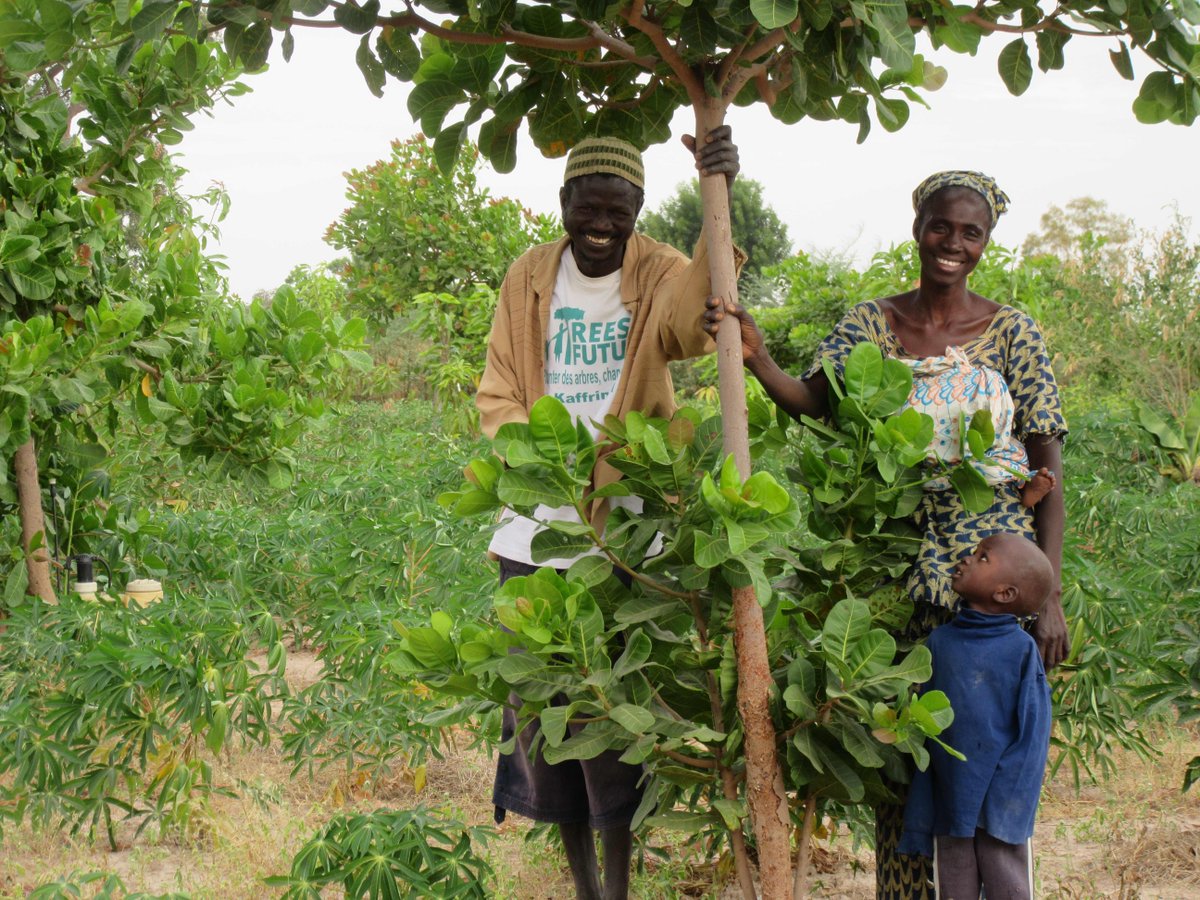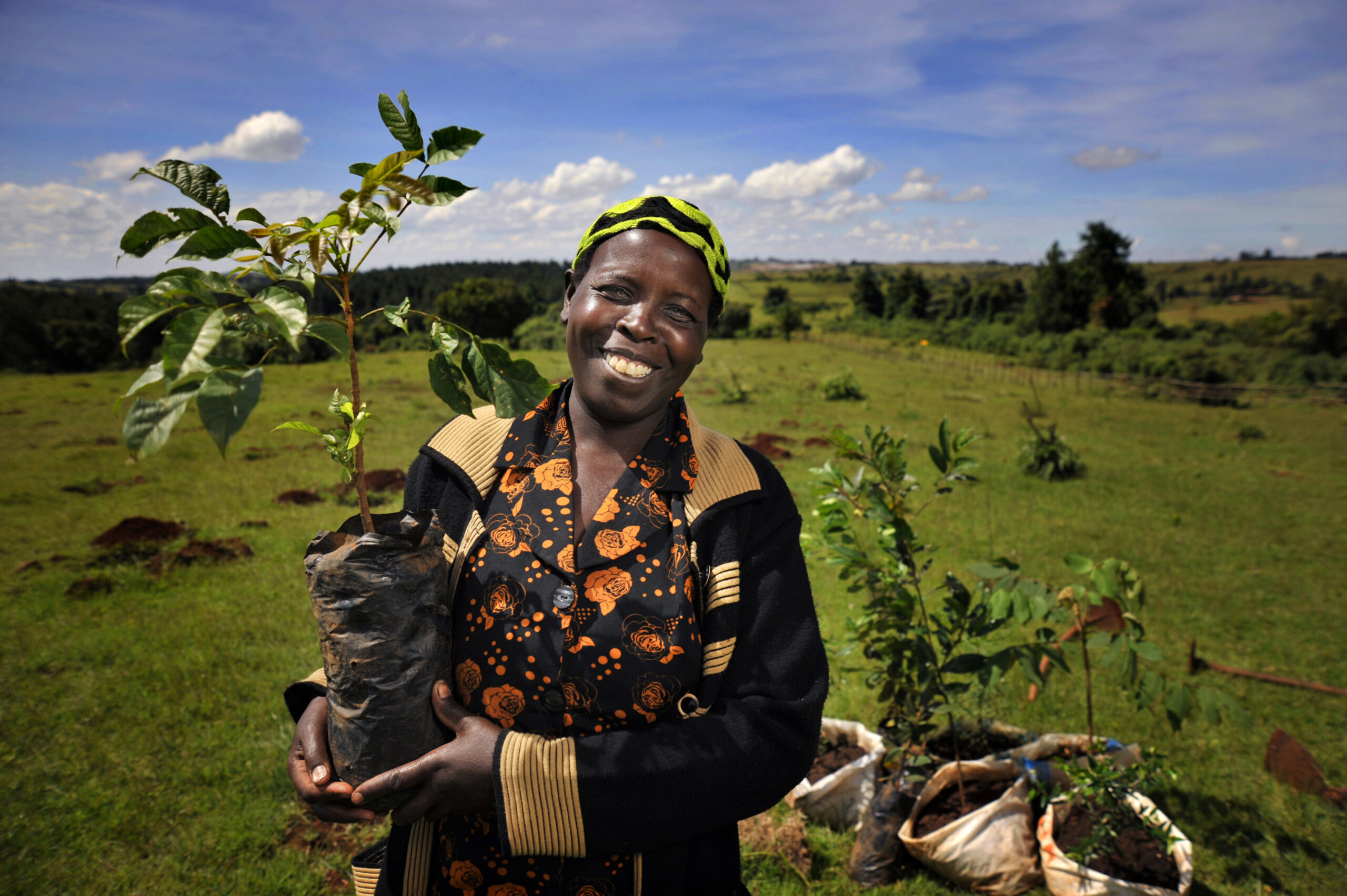Commercial Tree Planting in Uganda. Greener Landscapes Inc
Commercial tree planting in Uganda refers to the deliberate cultivation of trees for economic purposes. It involves the establishment, management, and harvesting of trees on a commercial scale to generate income and provide various economic and environmental benefits. Tree planting in Uganda can contribute to sustainable forest management, economic growth, and environmental conservation.
Benefits of Commercial Tree Planting As Analyzed by Greener Landscapes Inc
Timber Production
One of the primary purposes of commercial tree planting is timber production. Trees cultivated on commercial plantations can be harvested for their wood, which is used in construction, furniture making, and other industries. Tree planting helps meet the demand for timber products while reducing pressure on natural forests.
Job Creation and Economic Growth
Commercial tree planting operations create employment opportunities, both directly and indirectly, in rural areas. It involves activities such as seedling production, plantation establishment and maintenance, timber harvesting, and processing. By providing jobs and generating income, commercial tree planting contributes to local economic development and poverty alleviation.
Carbon Sequestration and Climate Change Mitigation
Trees play a vital role in mitigating climate change by absorbing carbon dioxide from the atmosphere through the process of photosynthesis. Tree planting helps sequester carbon, acting as a natural climate change mitigation strategy. Additionally, commercial tree plantations can serve as carbon sinks, storing carbon in their biomass and reducing greenhouse gas emissions.
Soil Conservation and Watershed Management
Tree planting on commercial plantations helps prevent soil erosion and degradation. The roots of trees stabilize the soil, reducing the risk of erosion and protecting water quality. Tree plantations can also contribute to watershed management by regulating water flow, improving water infiltration, and maintaining water supplies.
Agroforestry and Diversification
Tree planting can be integrated with agricultural practices, promoting agroforestry systems. Agroforestry combines tree cultivation with food crops, providing multiple benefits such as increased crop yields, improved soil fertility, and diversified income sources for farmers. Agroforestry systems can enhance resilience, improve livelihoods, and contribute to food security.
Greener Landscapes Inc Challenges and Considerations to Agroforestry
Land Availability and Tenure
Access to suitable land for commercial tree planting can be a challenge. Land tenure issues, competing land uses, and conflicts with local communities may arise. Ensuring secure land tenure, involving local communities in decision-making processes, and implementing sustainable land-use planning is crucial for the success and sustainability of tree-planting projects.
Species Selection and Management
Choosing appropriate tree species for commercial plantations is important to ensure productivity, adaptability to local conditions, and market demand. Proper management practices, including site preparation, tree spacing, and pest and disease control, are essential for successful tree growth and yield.
Market Demand and Infrastructure
Tree planting requires a reliable market demand for timber products. Adequate infrastructure, such as transportation networks and processing facilities, is necessary to ensure efficient supply chains and value addition. Market research and planning are crucial to ensure that the products from commercial tree plantations can be effectively marketed and sold.
Environmental and Social Impacts
Commercial tree planting should be conducted sustainably to minimize negative environmental and social impacts. Clearing natural vegetation for plantations can result in habitat loss and biodiversity impacts. Proper environmental assessments, adherence to sustainable forestry practices, and engagement with local communities are important for mitigating these impacts.
In summary, commercial tree planting in Uganda can contribute to sustainable forest management, economic development, and environmental conservation. By providing timber products, creating jobs, sequestering carbon, conserving soil, and supporting agroforestry, Tree planting can play a significant role in Uganda’s sustainable development agenda. However, it is essential to address challenges and implement appropriate management practices to ensure the social, economic, and environmental sustainability of such initiatives.



